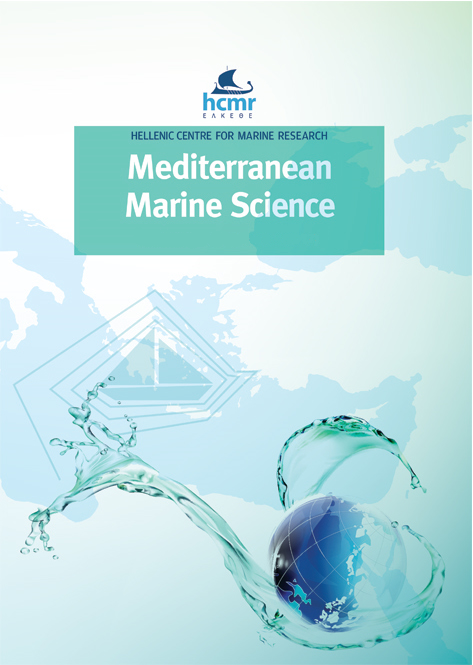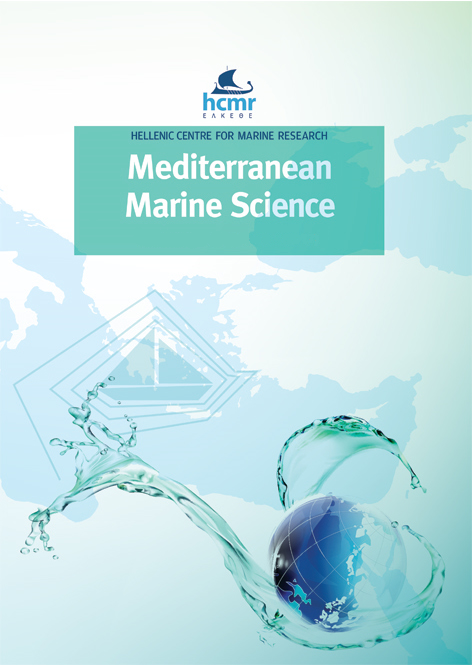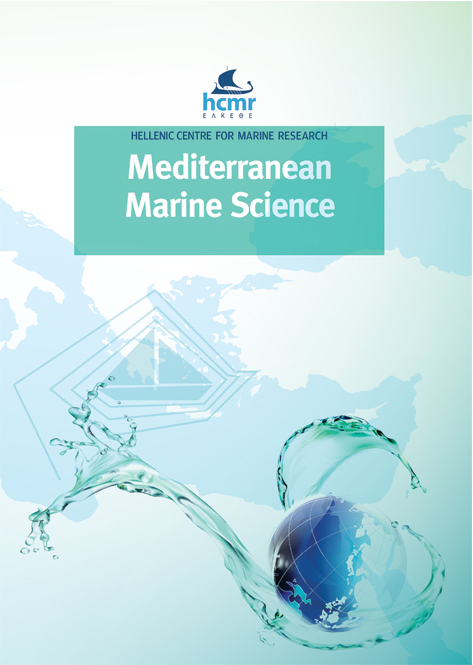Demography and population structure of Northeastern mediterranean monk seal population

Abstract
The Northeastern Mediterranean coasts that border southern Turkey host one of the last strongholds for the survival of the endangered Mediterranean monk seal (Monachus monachus, 1779). The seal colonies inhabiting south coast of Turkey have been studied since 1994 through various short-term research projects focusing on distinct small populations that were thought to be isolated. In this study, the entire extent of the area was monitored approximately for 3 years (between 2015 and 2018) with camera traps places in 20 caves known to be actively used by the seals. A total of 7014 images taken throughout the study period, along with 25,100 images taken previously, were used to identify the seals inhabiting the area. In total, 37 individuals were identified based on the natural marks on the body. Based on photo-identified seals, a mark-recapture method was applied to estimate the total population size within the Northeastern Mediterranean. The overall population size was found to be 46 (SE=7.7) in the case of closed population and 53(SE=34.8) in the case of open population during the study period. The range of identified seals was almost six times larger than previously documented in the same area, reaching distances up to 245 km. The population estimate indicated a decrease in population size compared to previous studies. Finally, the study emphasises the importance of long-term monitoring studies elucidating changes in the demographic parameters in relation to threats posed, rather than cut-paste measurement suggestions which are not applicable in reality, while structuring the conservation actions targeting survival of this highly endangered species.
Article Details
- How to Cite
-
KURT, M., & GÜCÜ, A. C. (2021). Demography and population structure of Northeastern mediterranean monk seal population. Mediterranean Marine Science, 22(1), 79–87. https://doi.org/10.12681/mms.21913
- Issue
- Vol. 22 No. 1 (2021)
- Section
- Research Article
Authors who publish with this journal agree to the following terms:
- Authors retain copyright and grant the journal right of first publication with the work simultaneously licensed under a Creative Commons Attribution Non-Commercial License that allows others to share the work with an acknowledgement of the work's authorship and initial publication in this journal.
- Authors are able to enter into separate, additional contractual arrangements for the non-exclusive distribution of the journal's published version of the work (e.g. post it to an institutional repository or publish it in a book), with an acknowledgement of its initial publication in this journal.
- Authors are permitted and encouraged to post their work online (preferably in institutional repositories or on their website) prior to and during the submission process, as it can lead to productive exchanges, as well as earlier and greater citation of published work (See The Effect of Open Access).






